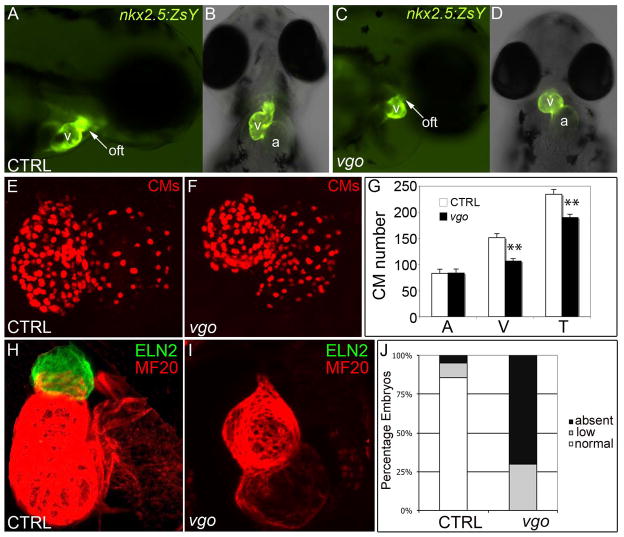Figure 2. tbx1 mutants have diminutive ventricles caused by decreased cardiomyocyte numbers and diminished OFT smooth muscle.
(A–D) Fluorescent microscopy images of Tg(nkx2.5:ZsYellow) control and vgo embryos; 10X magnification. At 72hpf, the ventricular chamber and OFT appears small in vgo (C, D) compared to control (A,B). A,C; lateral view, anterior right. B,D; ventral view, anterior up. (E,F) Flattened confocal images of 72hpf cardiomyocyte (CM) nuclei in Tg(cmlc2::DsRednuc) control (E) and vgo (F) hearts. (G) Graph depicting the average number of CMs at 72hpf in control (n=4) and vgo (n=4) embryos. Asterisks indicate statistical significance as determined using unpaired students T-test. Error bars represent +/− s.e.m. Atrial CM numbers remain unchanged (P=0.47), while ventricular and total CM numbers are significantly lower in vgo mutants (P=0.00008 and 0.0002, respectively). (H,I) Flattened confocal images following double immunofluorescence at 72 hpf to visualize OFT smooth muscle precursors (Eln2; green) and chamber cardiomyocytes (MF20; red) in control (n=21; H) and vgo (n=20; I) embryos. (J) Graph depicting the percentage of control or vgo embryos with normal (n), reduced (r), or absent (a) Eln2 staining.

